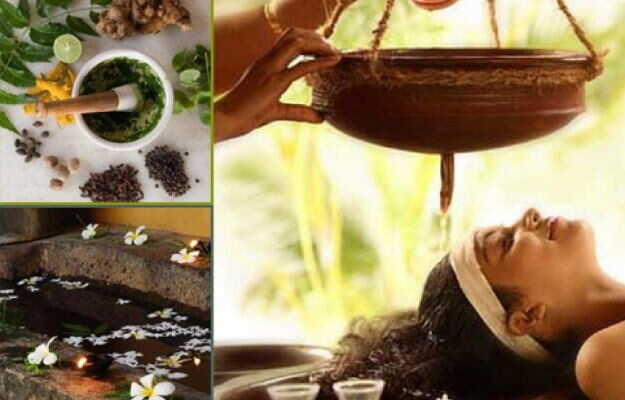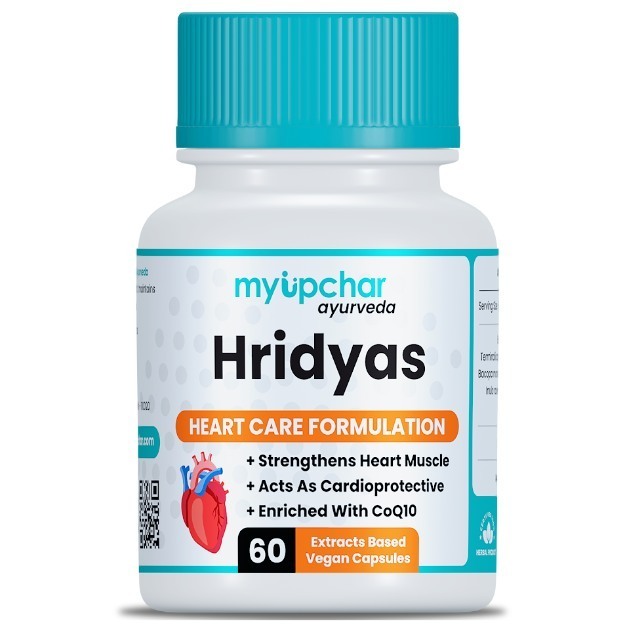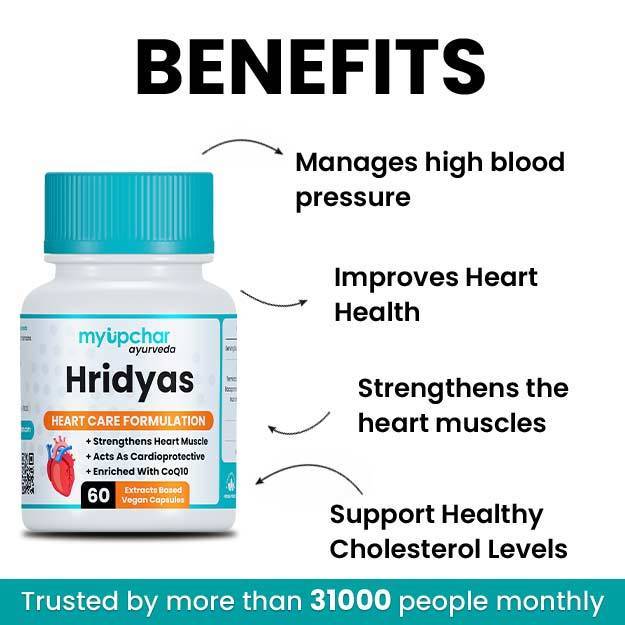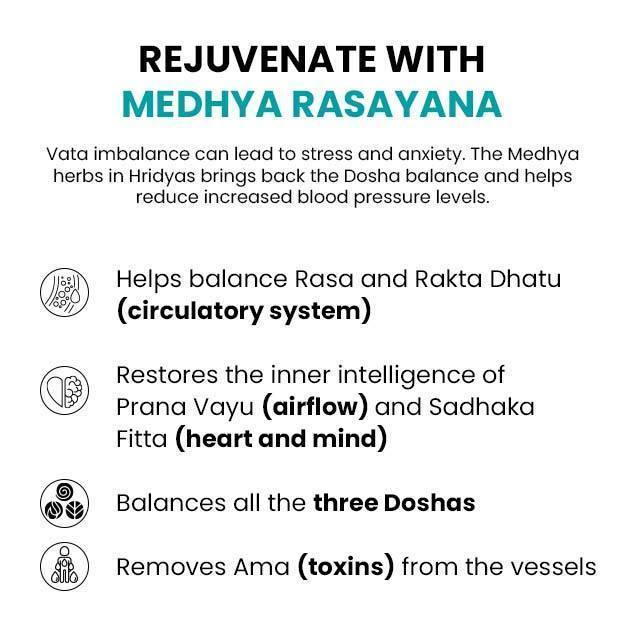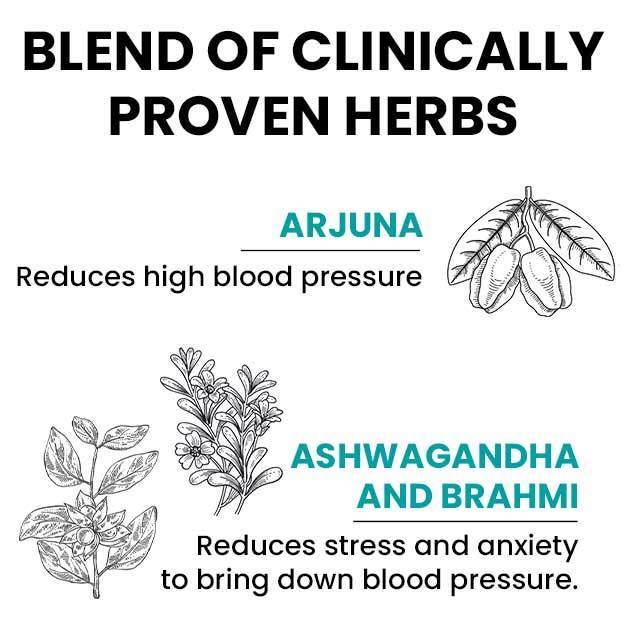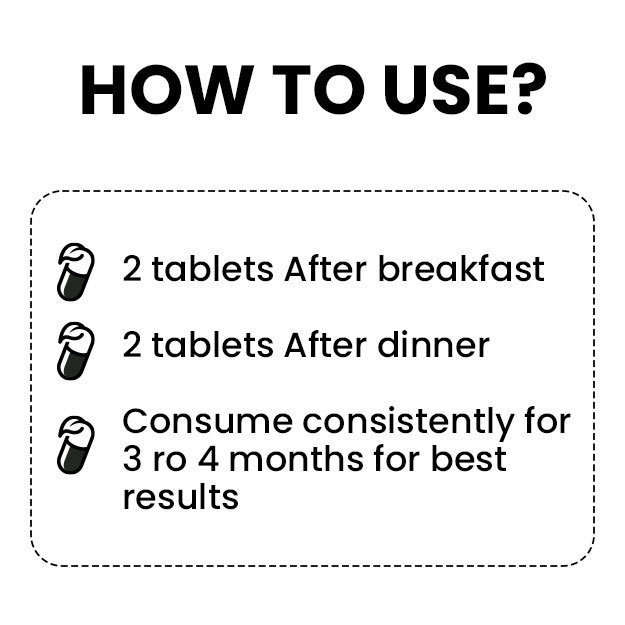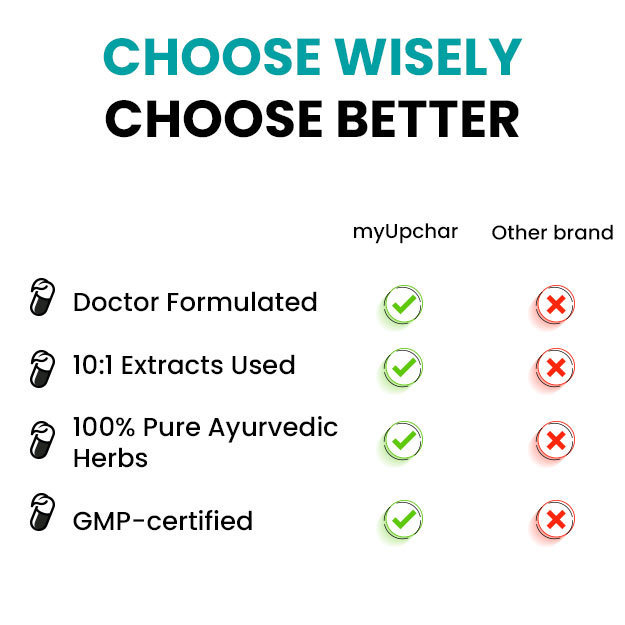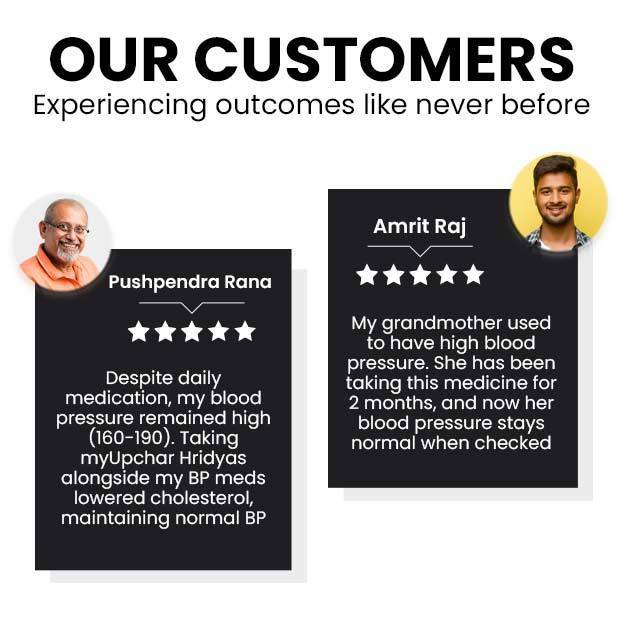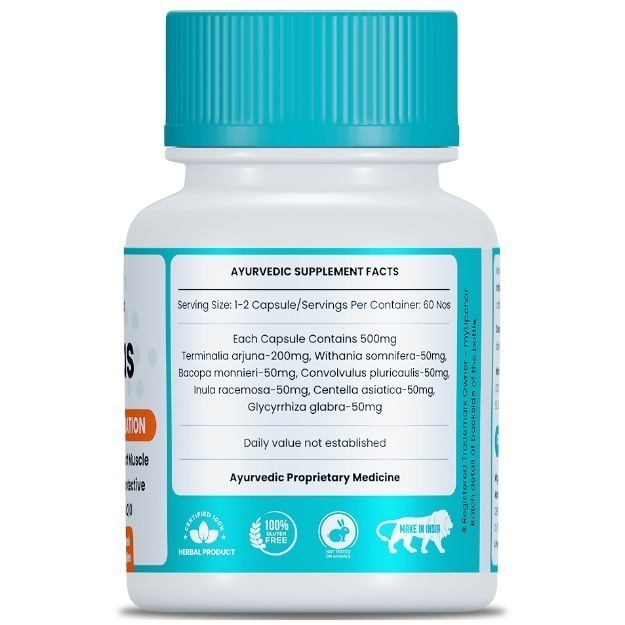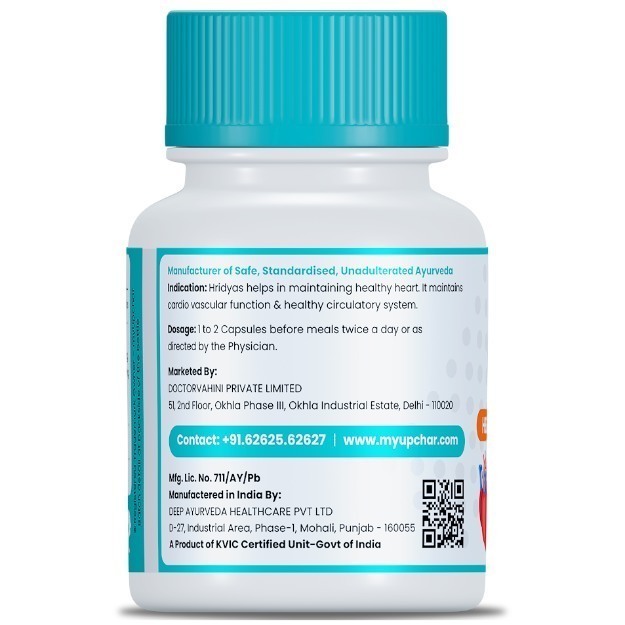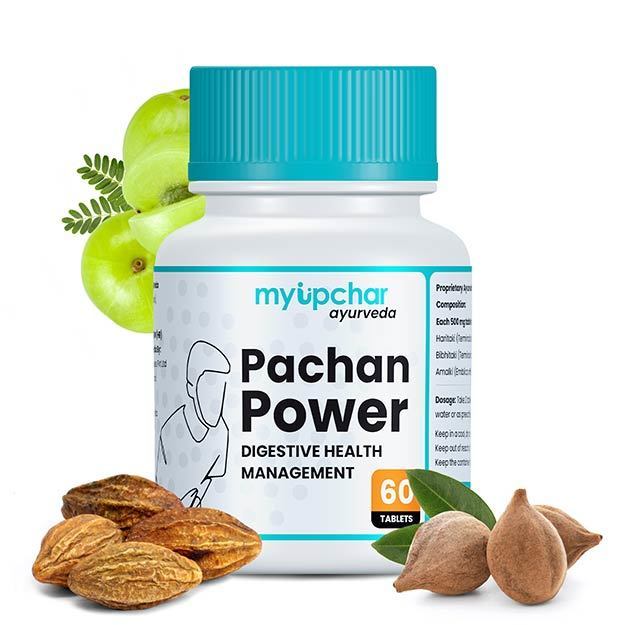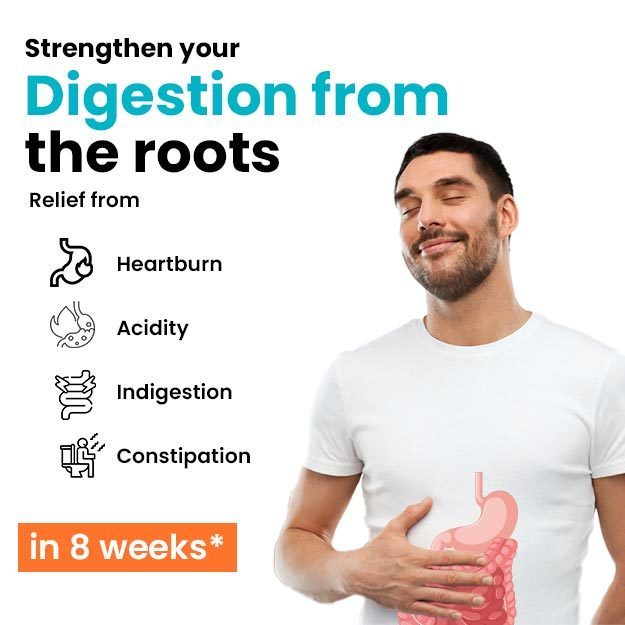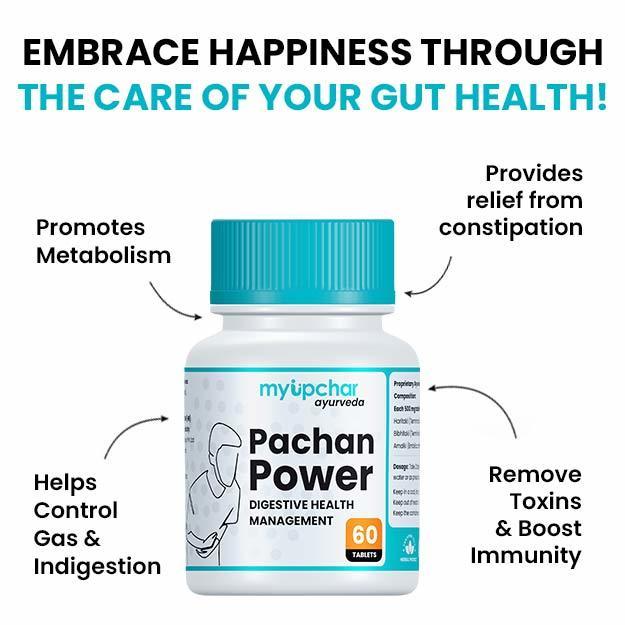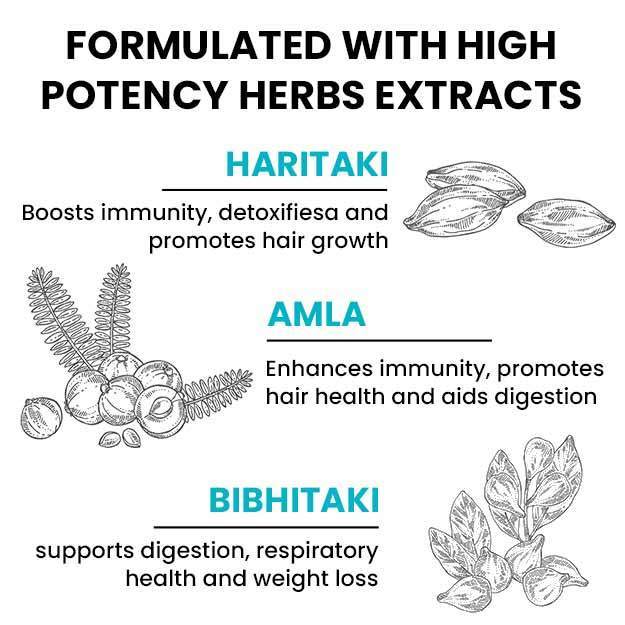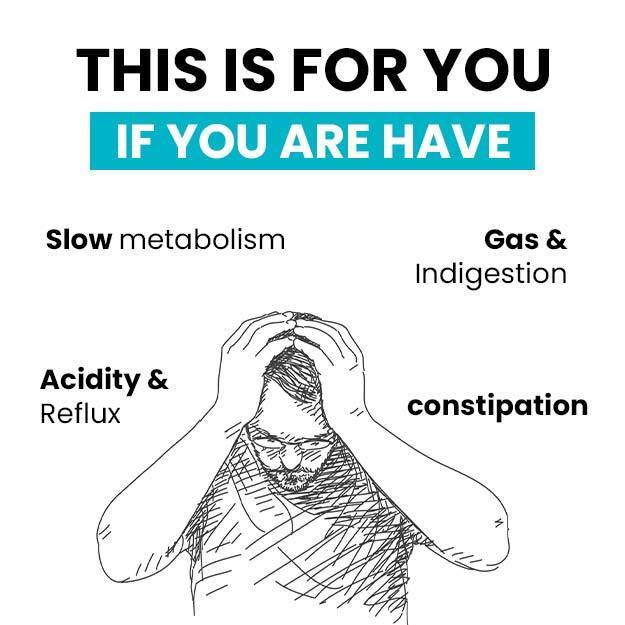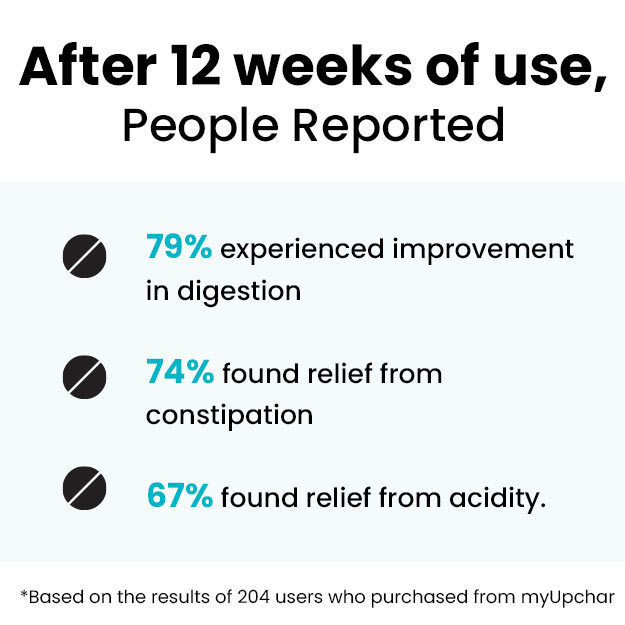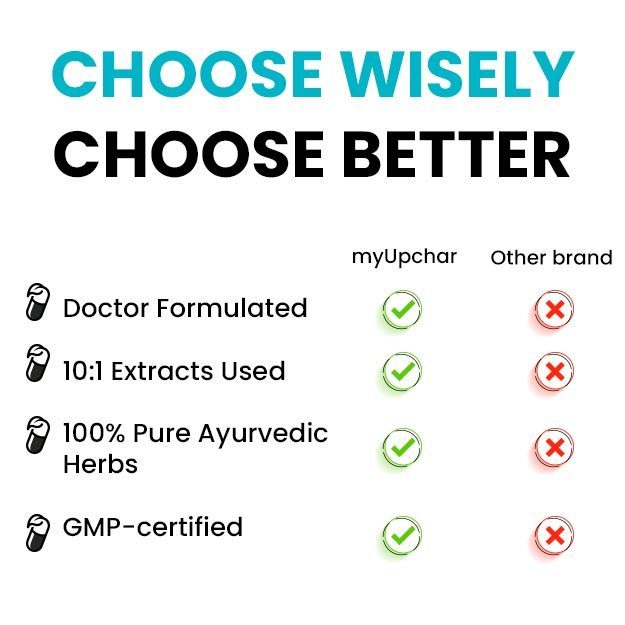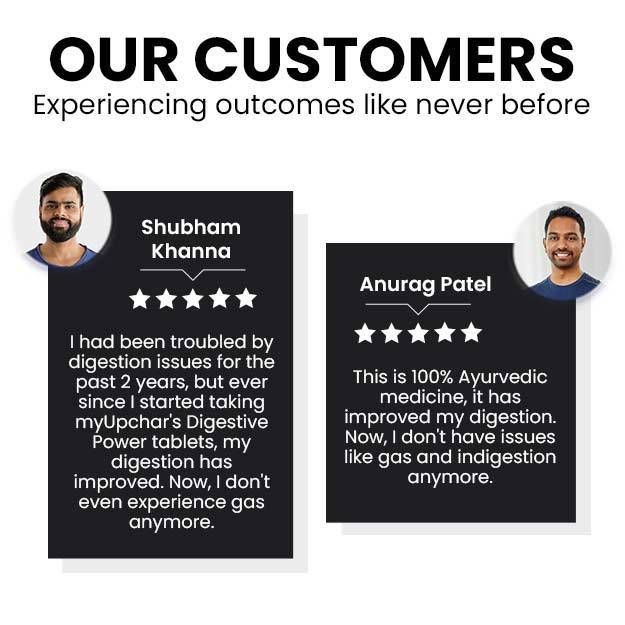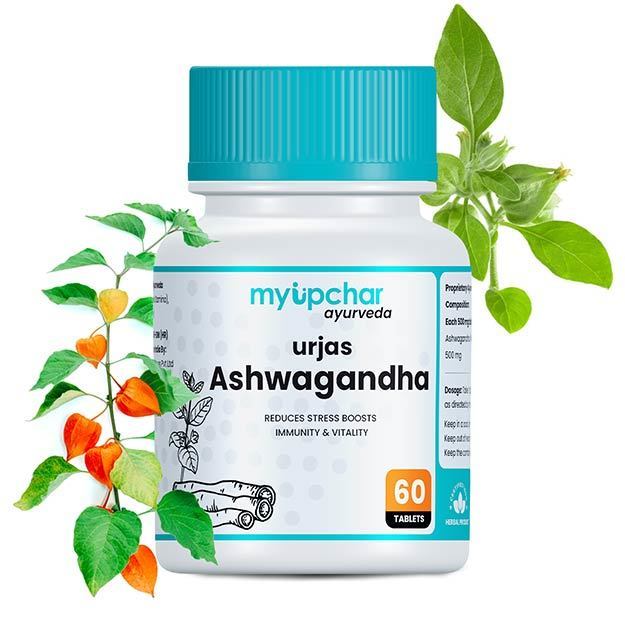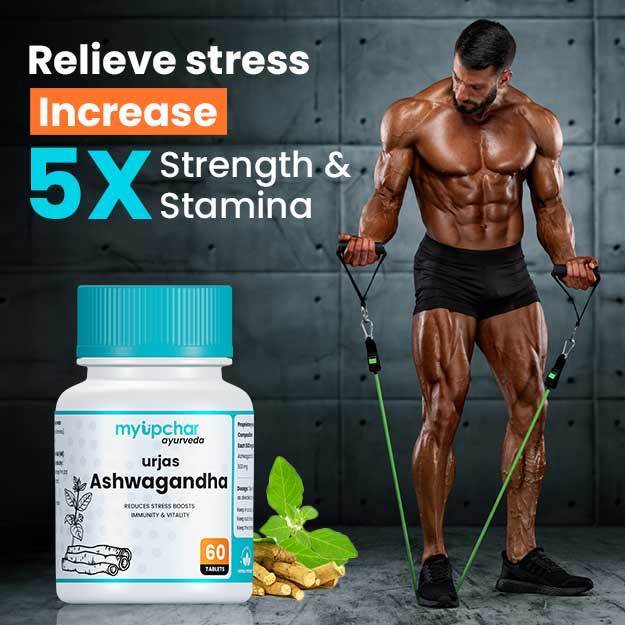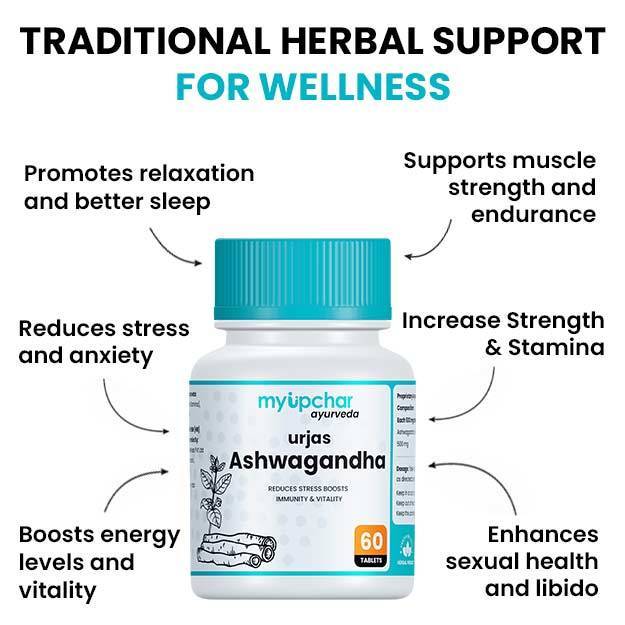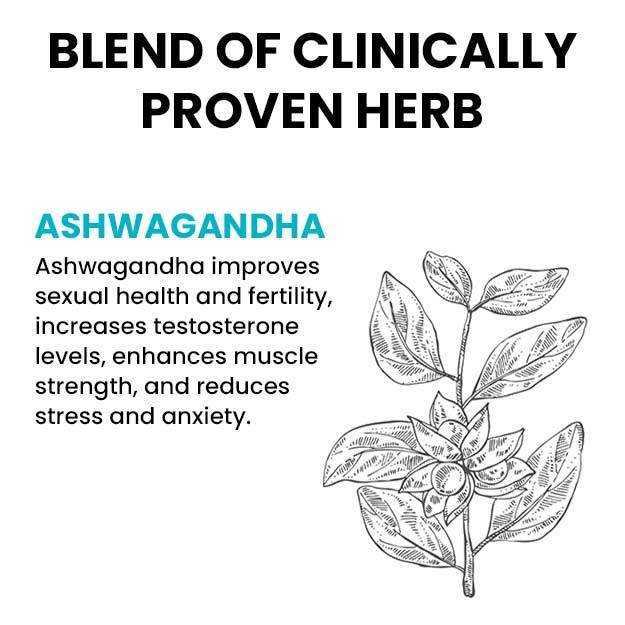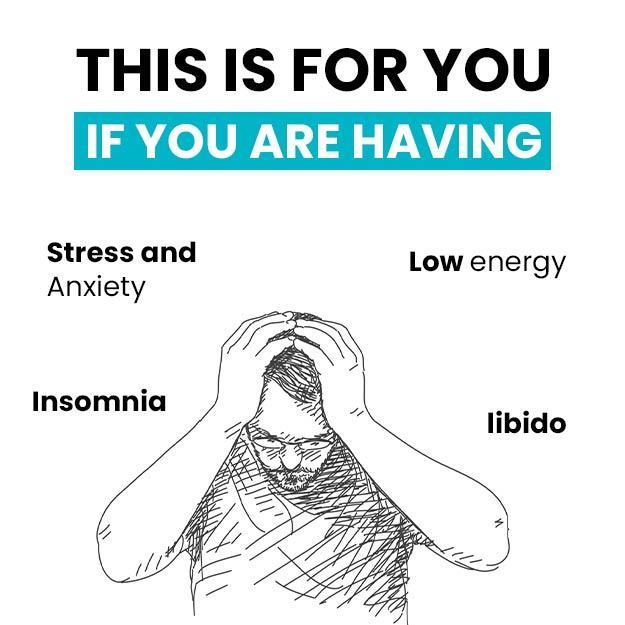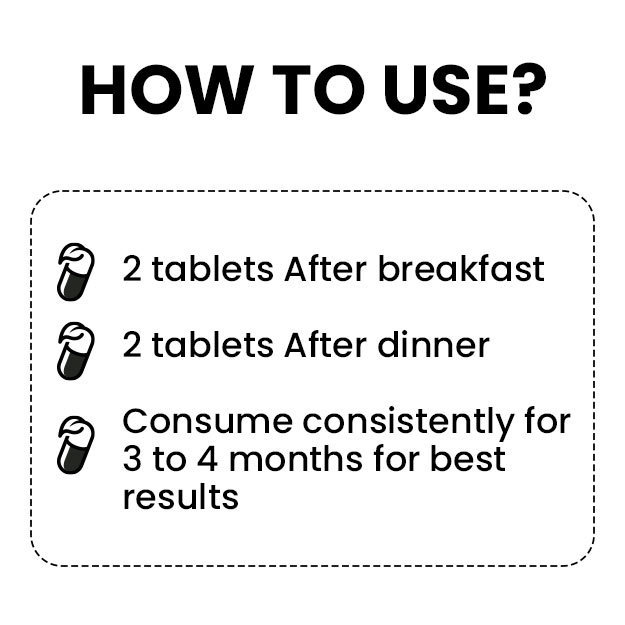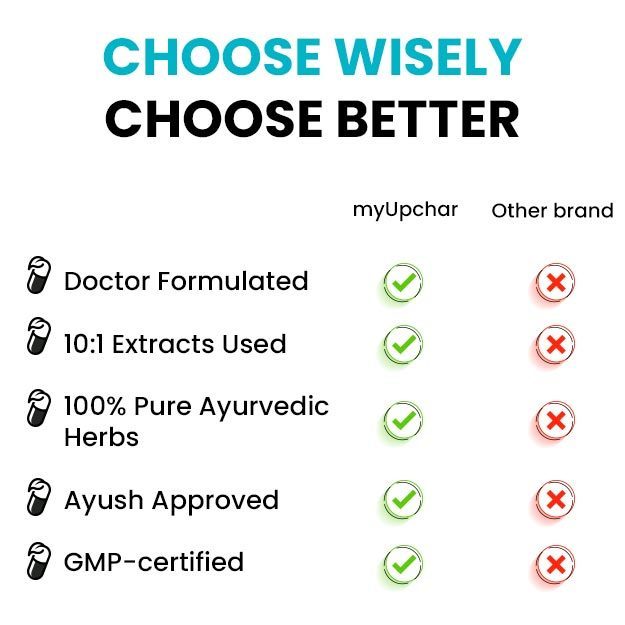Panchkarma is an Ayurvedic treatment designed to detoxify the body. It consists of five cleansing processes: Vaman by vomiting, Virechana by purgation , Nasya by nasal therapy, Raktamokshana by blood purification , and Anuvasanavasti by medicated enema. The combination of these five therapies is known as Panchkarma. Their primary goal is to eliminate toxins from the body, restoring health and balance. This article explains Panchkarma treatment in simple terms, including its benefits and the precautions to take before and after undergoing the therapy.
(Read more - Swedana Karma)
- What is Panchkarma?
- What to Do Before Panchkarma?
- Stages of panchakarma treatment
- Benefits of Panchkarma
- Disadvantages And Precautions Of Panchkarma
- Summary
What is Panchkarma?
Ayurveda science tells you that excessive stress is very harmful for your intestinal tract or gastrointestinal tract. Imbalance in the gastrointestinal tract causes inflammation and digestion is also affected. Due to inflammation and improper digestion, waste material starts accumulating in your body and the body starts falling prey to diseases. Along with this, many types of diseases also arise.
Through Panchkarma, toxins are removed from your body and your body becomes more active. Due to the removal of toxins and the body becoming more active, you feel more energetic and there is also improvement at the mental level. By strengthening your digestive system, Panchkarma works to remove toxins from your body naturally.
Panchakarma removes waste materials from various parts of the body such as lungs, bladder, sweat glands, stomach and intestines through the Ayurvedic process. Keep in mind that Panchkarma is different for each person. It depends on the body, age, strength and immunity of the person. Therefore, before adopting the Pancharkam Ayurvedic process, consult a trained doctor and do it correctly.
(Read more - therapy types, treatment, techniques)
What to Do Before Panchkarma?
Before undergoing Panchkarma, two preparatory processes must be completed: Oilation (Snehana) and Fomentation (Swedana).
- Oilation (massage with oil) – This involves applying oil to the entire body through various massage techniques. The purpose of this process is to loosen and mobilize toxins from deep tissues.
- Fomentation (Swedana) – This step helps the body sweat, making the toxins thin and easier to eliminate. While oilation softens the hardened toxins, fomentation facilitates their removal through sweat.
(Read more - Myocarditis: symptoms, causes, treatment)
Stages of panchakarma treatment
Panchkarma treatment consists of five main stages, each serving a specific detoxification purpose:
1. First Stage: Vamana ( by Vomiting) - In this process, controlled vomiting is induced to expel toxins. The body undergoes internal and external oilation and fomentation for a few days to liquefy the toxins. Then, emetic medicine is administered, causing vomiting to cleanse the tissues.
Benefits:
- Highly effective for people with excess Kapha dosha
- Useful for treating asthma, obesity, and chronic respiratory disorders.
(Read more - Symptoms And Treatment Of Psychological Disorders)
2. Second Stage: Virechana (Purgation Therapy) - Virechana involves cleansing the intestines by removing toxins through controlled defecation. After oilation and fomentation, herbal laxatives are given to expel toxins from the digestive tract.
Benefits:
- Especially beneficial for individuals with excessive Pitta dosha
- Helps treat jaundice, colitis, and other liver disorders
(Read more - treatment and remedies for Paralysis)
3. Third Stage: Nasya (Nasal Therapy) - Nasya involves administering medicinal drops through the nose to remove toxins from the head and sinus region. Before Nasya, a light massage is done on the head and shoulders for relaxation. The medicine clears waste material from the head, providing relief from various conditions.
Benefits:
- Helps treat migraines, headaches, sinus issues, and hair problems
- Effective in clearing phlegm and nasal congestion
(Read more - Vata, Pitta, Kapha)
4. Fourth Stage: Anuvasanavasti (Medicated Enema) - Anuvasanavasti is a unique Ayurvedic enema treatment that uses medicated oils, milk, or ghee, which are introduced into the rectum to cleanse the digestive system.
Benefits:
- Highly beneficial for Vata dosha imbalance
- Provides relief from arthritis, piles, and chronic constipation
- Works effectively for all three doshas: Vata, Pitta, and Kapha
(Read more - Understanding the Ayurvedic Diet: Benefits and Drawbacks)
5. Fifth Stage: Raktamokshana (Blood Purification Therapy) - Raktamokshana is a bloodletting process that helps purify the blood by removing impurities. It is particularly useful in treating diseases caused by toxic blood.
Benefits:
- Effective in treating skin disorders like acne, eczema, and psoriasis
- Helps prevent blood-related diseases
(Read more - Sleeping in Day is Good or Bad?)
This step-by-step guide to Panchkarma treatment explains its stages, benefits, and how it helps in detoxifying the body for better health and balance.
Benefits of Panchkarma
The benefits of panchakarma therapy are as follows -
- Removing toxins from the body and mind
- Improving health
- Strengthening immunity
- Preventing aging
- Giving rest to the body
- Completely purifying the body
- Strengthening the digestive system
- Beneficial in rebuilding body tissue and reducing weight
(Read more - Herbs that help you lose weight)
Disadvantages And Precautions Of Panchkarma
ayurveda panchakarma treatment is becoming very popular all over the world nowadays. It has proved to be very useful for people and has many benefits for health. Panchkarma is not harmful to your body in any way. But still, you must take some precautions before adopting Panchkarma treatment. Precautions during Panchkarma -
- During this time, drink only warm water, take bath with warm water and use warm water for other purposes as well.
- Do not have sexual relations.
- Do not sleep during the day
- Do not stay in high temperatures
- Do not stay awake till late night
- Do not eat foods that are difficult to digest.
- Do not take too much stress and do not exercise either.
The following people should not use Panchkarma Ayurvedic treatment -
- Women during menstruation
- Breastfeeding women
- Lung cancer patients
- Women or men suffering from AIDS
- Men or women suffering from obesity
- High BP patients
- Heart patients
- Very weak people
- Pregnant women
- People suffering from any infectious disease
(Read more - Antibiotics Medicine: Effective Treatment for Infections)
Summary
panchkarma in ayurveda is an ancient Ayurvedic treatment system that aims to purify and balance the body. It is based on five processes—vamana, virechan, basti, nasya and raktamokshana. Panchkarma removes toxins from the body, strengthens the digestive system and boosts immunity. It is beneficial in problems like joint pain, obesity, skin diseases and mental stress. However, if it is done incorrectly or applied to a person with a weak body, it can cause problems like weakness, dizziness and fatigue. Therefore, it should be done under the supervision of a trained Ayurvedic specialist.

